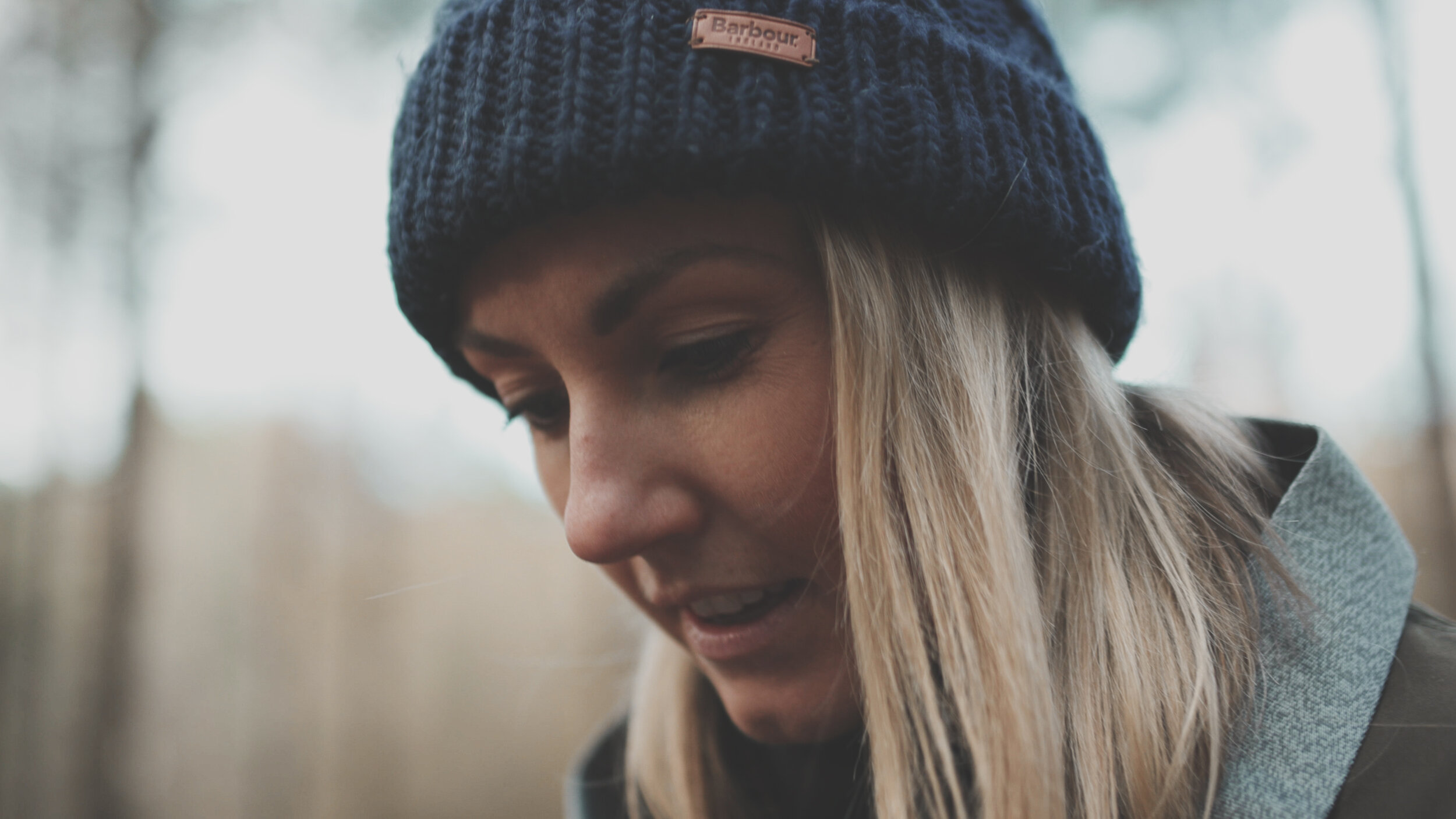So it’s clear to see that the Canon C200 is an absolute powerhouse when it comes to shooting its data hungry Canon Raw Light format. But what about it’s XAVC format?
Let be honest, the Canon Raw Light recording mode is something that will be used much less frequently than the more lightweight recording options the camera has - well, I speak for myself and my typical client requirements anyhow.
So how does this highly compressed lossy format stand up when shooting in the real world and when pushed in the grade? Well, it turns out pretty damn well.
In this short film I wanted to push the grade to see how the footage will stand up. I graded in a way that gave it a sense of mood and atmosphere, yet still felt warm - despite it actually being freezing cold that day!
If you’re looking at the specs alone, XAVC on the C200 isn’t going to ‘Wow’ anybody. It’s 4:2:0, 8 bit at 140mb/s in 60fps UHD. Which, on the surface would make you think that a lot of data and colour information will be binned by the codec. However, through some kind of Canon magic - they manage to produce an incredible image with CLOG 3 which is an amazing base to work from when grading. Colours our punchy with plenty of saturation. Dynamic range at 13 stops is good - I mean it’s not the 15 stops of Canon Raw - but I’ll take 13 stops with files this size.
For most projects and most client requirements, XAVC on the C200 offers an excellent cost effective solution to capturing really high fidelity images with a beautiful cinematic feel.









